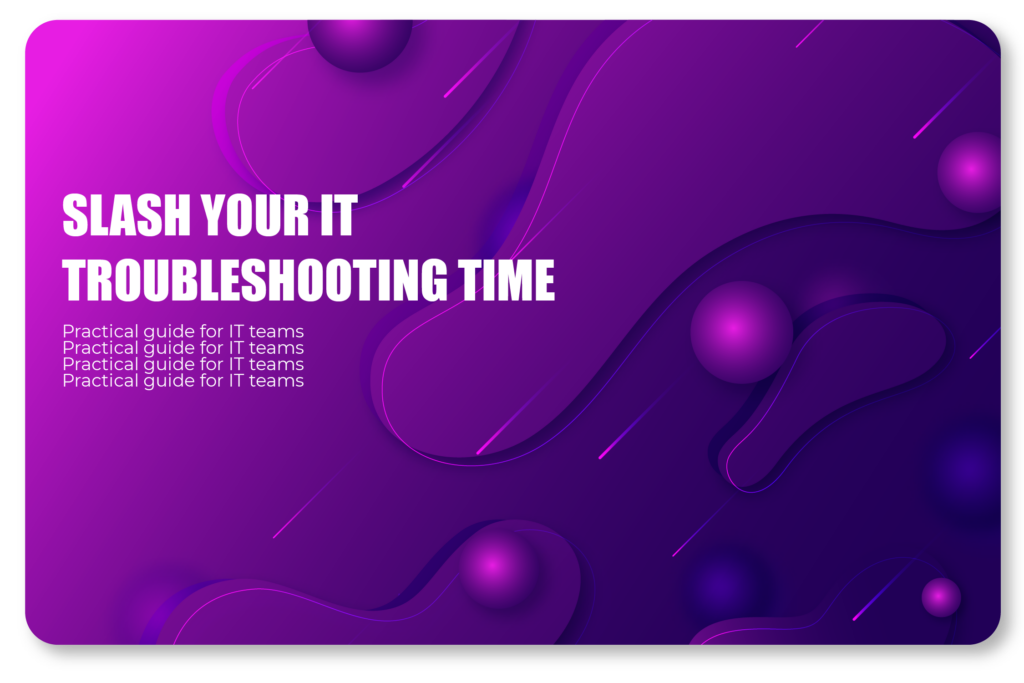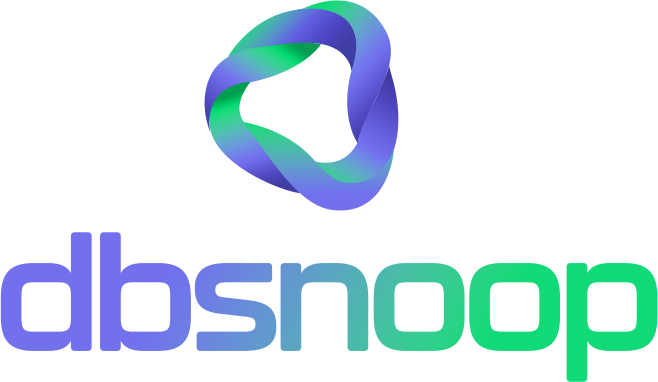
Every IT team has faced this: a usage spike, crashing applications, frustrated users—and no immediate clue where the problem lies. Traditional troubleshooting is a marathon of manual checks, vague hypotheses, and long hours until the root cause is finally uncovered. In today’s fast-paced digital world, this model no longer works.
The time your team spends diagnosing and fixing issues directly impacts user experience, team productivity, and even business revenue. Worse yet, most incidents could be resolved in minutes if the right signals were visible from the start of the troubleshooting process.
This is where smart automation steps in. With AI applied to database performance, troubleshooting shifts from guesswork to a clear, data-driven, and action-oriented process. In this guide, we show how dbsnOOp drastically reduces diagnosis and response time—and what technical leaders must change now to reach that new standard.
Why Traditional Troubleshooting Is Outdated
Despite advances in cloud and DevOps, many teams still struggle with:
- Disconnected tools and fragmented environment views
- Lack of context about the true impact of a query or process
- Difficulty correlating symptoms to root causes
- Excessive time spent reproducing scenarios and parsing logs
The result? High mean time to resolution (MTTR), constant rework, and limited operational scalability. In agile businesses, that becomes an unacceptable bottleneck.
The New Approach: AI and Automation for Databases
The key to change lies in two words: proactive visibility. dbsnOOp uses artificial intelligence to detect performance anomalies, pinpoint likely causes, and suggest ready-to-use commands—before issues hit production.
Instead of combing through hundreds of generic metrics, your team gets clear insights like:
- “This query has consumed 80% of CPU since the last code change”
- “Lock detected between processes X and Y. Suggest isolating the transaction or applying a timeout.”
- “Execution plan recently changed. Revert using the command below.”
How We Reduced Response Time by Over 70%
Companies using dbsnOOp report drastic cuts in troubleshooting time. Key enablers include:
- Automatic mapping of bottlenecks (CPU, I/O, connections, locks)
- Practical, AI-based recommendations (not just alerts)
- Ready-to-execute commands, tested and explained
- Unified view of queries, sessions, plans, history, and patterns
With this setup, issues that once took 4 hours of manual investigation can be solved in 10 minutes—safely and precisely.
Real-World Example: The Phantom Query Case
A dbsnOOp client faced intermittent slowdowns at random times. Traditional tools only showed CPU spikes—no clear reason.
With dbsnOOp, they quickly identified a poorly designed join-heavy query triggered by a specific job. The platform pinpointed the issue, suggested a rewrite, and provided performance benchmarks. Latency dropped from 8s to 200ms—and end users never knew there had been a problem.
What Your Team Should Do Today
- Centralize diagnostics in a unified platform
- Implement context-driven alerts, not just volume-based
- Automate initial troubleshooting steps using AI
- Train your team to interpret data-backed recommendations
Competitive advantage today isn’t just about resolving fast—it’s about anticipating.
Smart Troubleshooting Isn’t the Future—It’s Now
Reducing troubleshooting time doesn’t require process overhauls—just the right tools that embed intelligence where there’s now only manual effort. dbsnOOp delivers that with a performance-first, AI-powered, action-ready approach.
If you want your IT team to achieve more with less stress, and be known for fixing issues before they escalate, it’s time to explore what the next generation of intelligent observability and automation can do for your database.
Book a demo with our team and discover how we can help your team go proactive.
Schedule a demo here.
Learn more about dbsnOOp!
Learn about database monitoring with advanced tools here.
Visit our YouTube channel to learn about the platform and watch tutorials.


